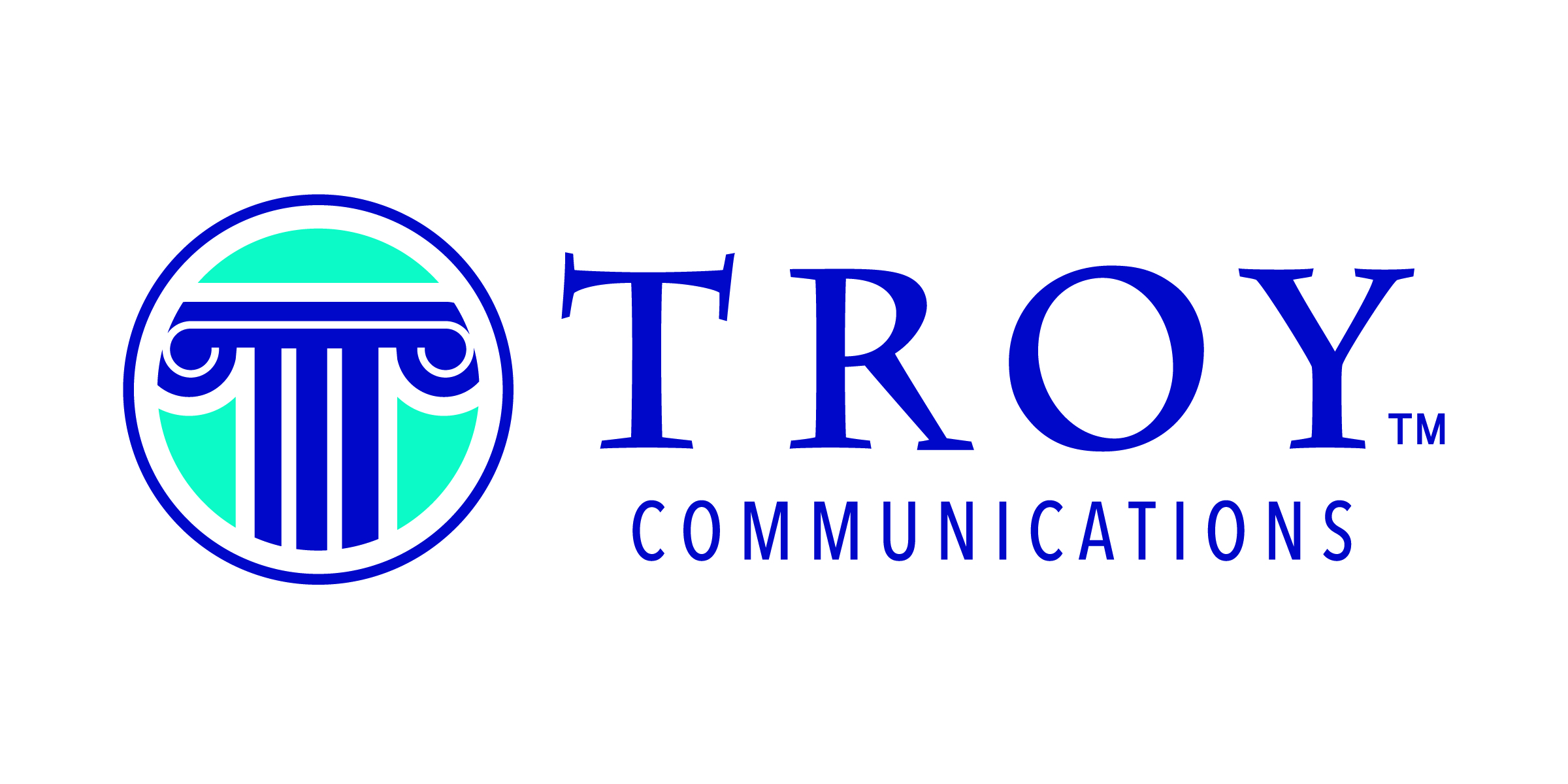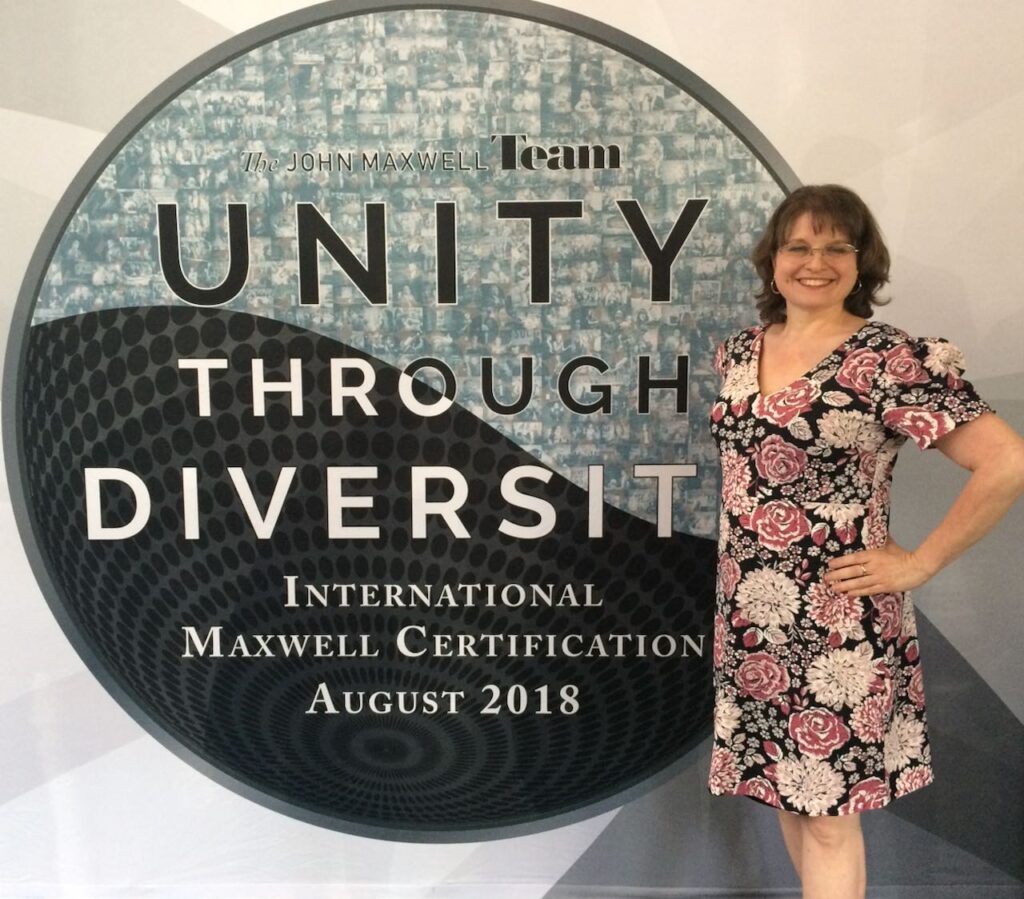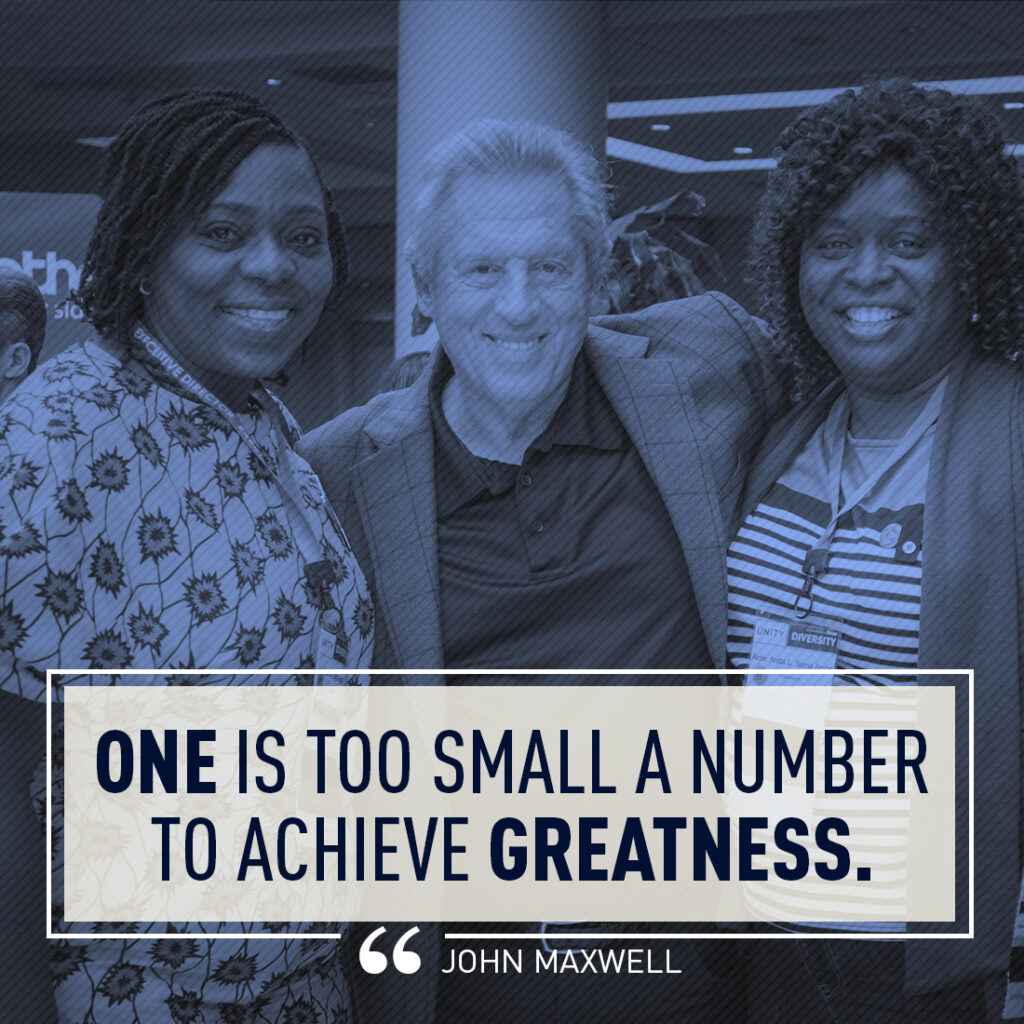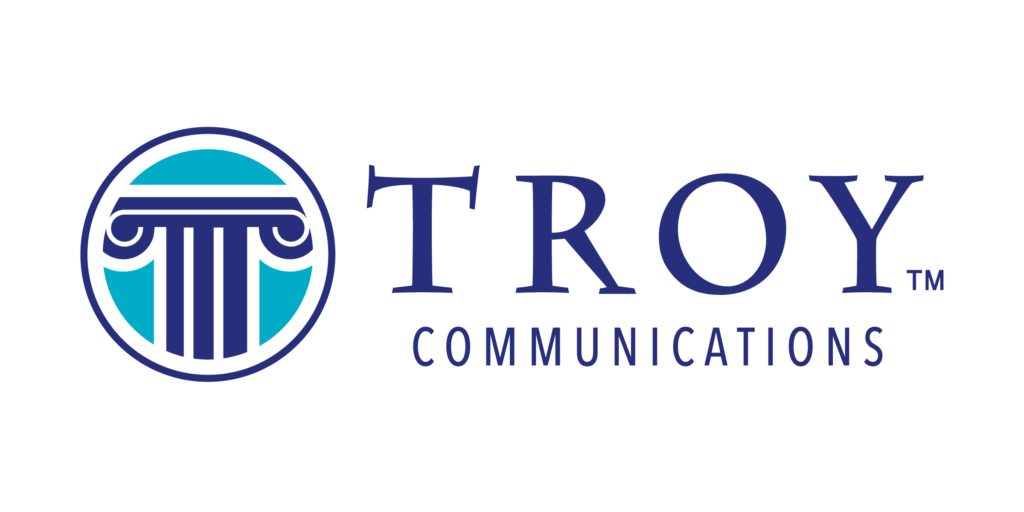Recently I decided to re-read one of my favorite novels of all time – The Lord of the Rings by J.R.R. Tolkien. There are so many things I love about this novel, but the thing I love best is how well Tolkien created different cultures with their own histories and languages. (This shouldn’t surprise you if you know me at all!)
This time through, however, I’ve become more aware of the cultural conflict within the story. Tolkien paints a beautiful picture of how conflict and mistrust can be turned around for mutual benefit.
A History of Mistrust
From the beginning, the characters of Legolas the Elf and Gimli the Dwarf are set up to be antagonistic. Almost at their first meeting, Gimli’s father makes mention of mistreatment he received at the hands of Legolas’s father – a reference to the adventures described in Tolkien’s book The Hobbit (p. 255). There are historical grievances between the two races, and these two characters have inherited those grievances.
Shortly thereafter, these two are assigned to be companions of Frodo, the character whose quest is the main focus of the novel. Their paths take them through a territory that long ago was the site of friendship between Elves and Dwarves, though it was a time that came to an abrupt and tragic end. This is the first time we hear Gimli and Legolas both defend the perspective of their own people (p. 303).
They eventually make their way to the Elf kingdom of Lothlorien, where Dwarves are not welcome due to this history. Gimli is allowed to pass but is watched closely.
When the adventures of the group are recounted to the Elf king, he blames Gimli for a devastating loss the group had just experienced – that was no doing of Gimli’s but occurred in the ancient Dwarf territory.
It only takes a word
Here we come to a pivotal point in the story.
The Elf queen Galadriel speaks words of comfort using the Dwarvish language. It is such a small thing, yet it has such an impact on his heart.
“And the Dwarf, hearing the names given in his own ancient tongue, looked up and met her eyes; and it seemed to him that he looked suddenly into the heart of an enemy and saw there love and understanding” (p. 356).
It’s easy to overlook the importance of this moment in the life of the Dwarf and his relationship with Legolas.
“Kind words can be short and easy to speak, but their echoes are truly endless.”
― Mother Teresa
From that day forward, he and Legolas become fast friends and keep each other company when their paths lead through strange lands and beyond.
- On the edge of Fangorn Forest (p. 491):
- Legolas: “I could have been happy here, if I had come in days of peace.”
- Gimli: “I dare say you could. You are a Wood-elf, anyway, though Elves of any kind are strange folk. Yet you comfort me. Where you go, I will go.”
- At Helm’s Deep (p. 532):
- Gimli: “There is good rock here. This country has tough bones. … Give me a year and a hundred of my kin and I would make this a place that armies would break upon like water.”
- Legolas: “I do not doubt it, but you are a dwarf, and dwarves are strange folk. I do not like this place, … but you comfort me, Gimli, and I am glad to have you standing nigh with your stout legs and your hard axe.”
- At the end of their time in Middle Earth:
- “But when King Elessar gave up his life Legolas followed at last the desire of his heart and sailed over Sea. We have heard tell that Legolas took Gimli Gloin’s son with him because of their great friendship, greater than any that has been between Elf and Dwarf” (p. 1081).
“You can do what I cannot do. I can do what you cannot do. Together we can do great things.”
― Mother Teresa
Still True Today
In today’s environment, all too often we speak harshly to those we don’t agree with. Even our leaders frequently use “us vs. them” language that alienates instead of heals.
However, it only takes a little kindness and empathy, looking at the world from someone else’s perspective and speaking their language, to begin to turn things around.
What words of kindness can you speak today?
References
Mother Teresa, https://www.goodreads.com/author/quotes/838305.Mother_Teresa
Tolkien, J.R.R. (1955, 2004) The Lord of the Rings: 50th Anniversary one-volume edition, Houghton-Mifflin Company


















